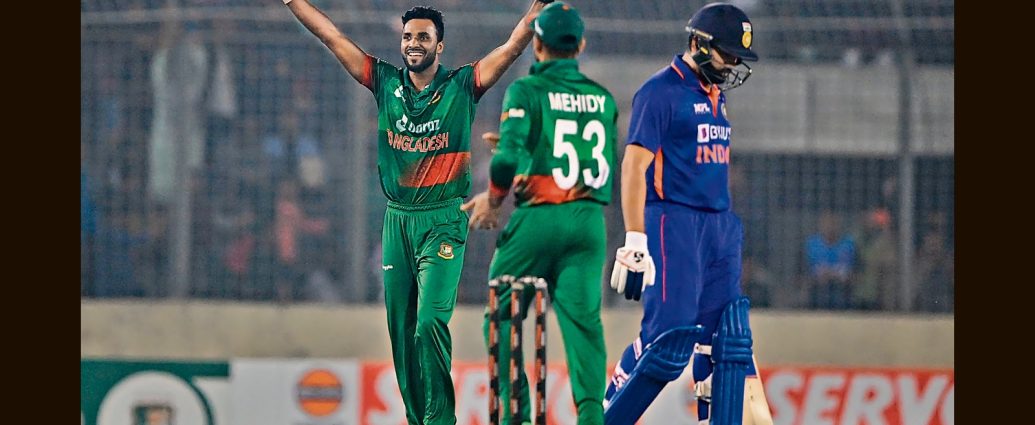Stung by a series of poor results from the men’s cricket team in 2022, and with the 50-over World Cup coming to India later this year, the Board of Control for Cricket in India (BCCI) has introduced some interesting fitness-focused initiatives.
It has brought back the yo-yo test, a standard sprint fitness diagnostic used in many team sports. It was first introduced to Indian cricket in 2019, under then-captain Virat Kohli and then-head-coach Ravi Shastri, then dropped, partly because too many players were failing it. Admittedly, cricket, unlike say hockey or football, does not need every player to have exceptional conditioning at all times. A batter’s skill and form may not depend much on hard sprinting abilities. But current captain Rohit Sharma would need to be having a really good day to pass the yo-yo himself, and that says something. Every team needs a certain base standard of fitness. Now that the yo-yo has been decided on, that’s that.
The second change is a no-brainer too: Indian Premier League (IPL) teams will need to share fitness data with the National Cricket Academy. No team or organisation in the cricket-playing world collects as much data as consistently as IPL does. From GPS trackers to sleep monitors to far-infrared-emitting clothing and everything in-between, IPL teams have a flood of data on every player. BCCI has pushed and prodded the League to share the numbers before, and been met with reluctance because teams fear their data will leak. By narrowing the demand to just the 20 players in the running for the World Cup team, the board has made it easier for franchises to comply.
The third initiative is the Dexa scan. BCCI’s statement on this states that the scan will be used as a “selection criterion”, which is puzzling. Dexa (short for Dual Energy X-ray Absorptiometry) has been in use by teams and athletes for over two decades, and is one of the most accurate ways to measure bone density, soft-tissues mass and fat percentage and distribution in the body. But it is not used as a measure of athletic performance. It’s a tool to decide what kind of training programme an athlete needs, or to assess progress during post-injury rehabilitation.
European football teams typically use it twice a year. The first time is ahead of a new season, as players return from their break, to understand things like: Has the player put on more fat? Has there been loss of lean muscle mass? The pre-season training and diet are tailored accordingly. The second is at the end of a season, to study what effect play has had on the athlete’s body.
Dexa can’t currently indicate much for the Indian team, given that there is no baseline data with which to compare readings for each player. It’s a good idea to begin to build a baseline for the 20 potentials, ahead of the World Cup. It is an even better idea to build a database for young players coming into the NCA, to get an accurate picture of what they need over the long term. In the continuing fitness evolution of Indian cricket, the Dexa scan could become a potent tool, as long as it’s not used by gatekeepers to keep some talent out and some in.
This winter season, get Flat 20% Off on Annual Subscription Plans
Enjoy Unlimited Digital Access with HT Premium
